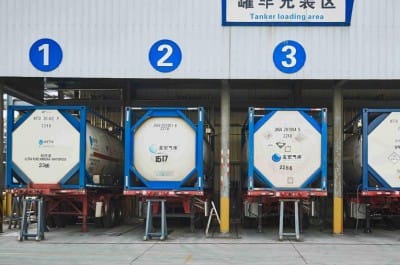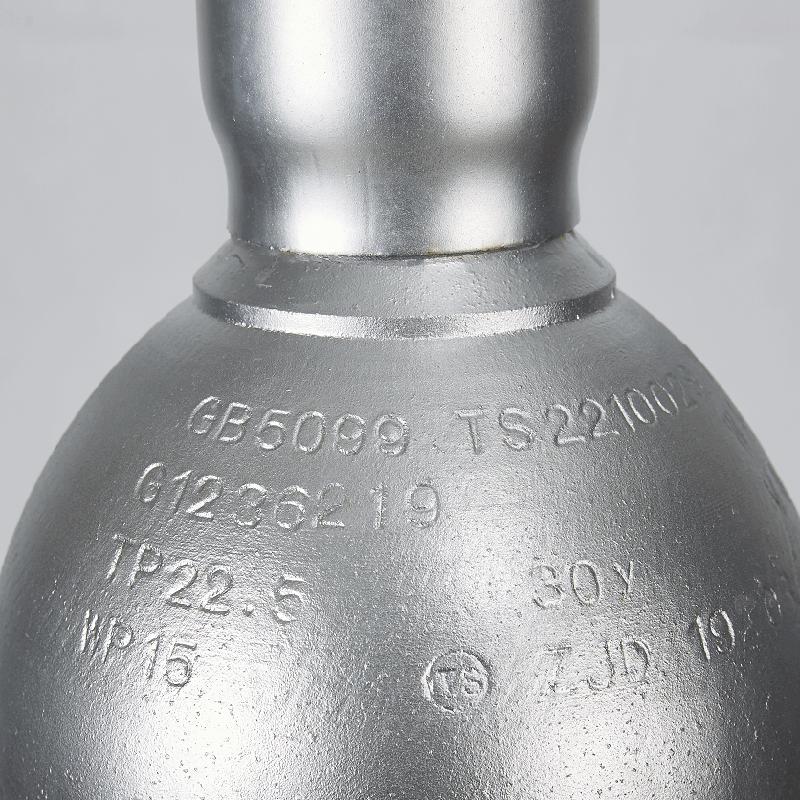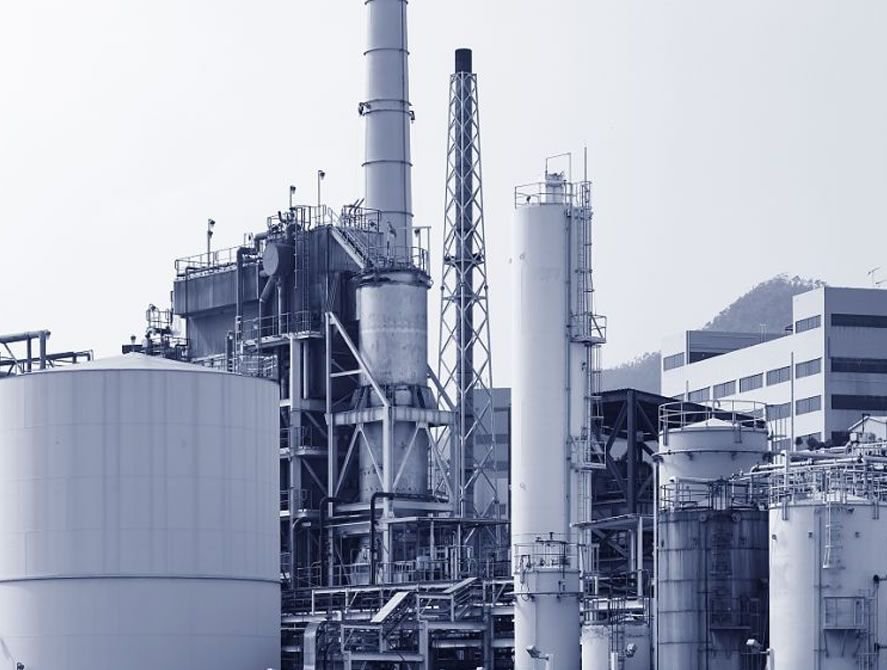
Anhydrous Ammonia Gas: Essential Insights and Benefits
Anhydrous Ammonia Gas: Essential Insights and Benefits | Jinhong Gas Anhydrous ammonia gas plays a vital role in numerous industries, from agriculture to refrigeration and chemical manufacturing. In this article, we will explore the uses, advantages, and safety tips associated with it. Additionally, we will highlight why Jinhong Gas is the ideal supplier for this essential resource. What Is Anhydrous Ammonia Gas? Anhydrous ammonia (NH₃) is a colorless gas with a strong, pungent odor. It is a compound of nitrogen and hydrogen, often used in concentrated form for industrial applications. Since it contains no water, it is highly efficient and effective in delivering its intended benefits. Common Applications of Anhydrous





